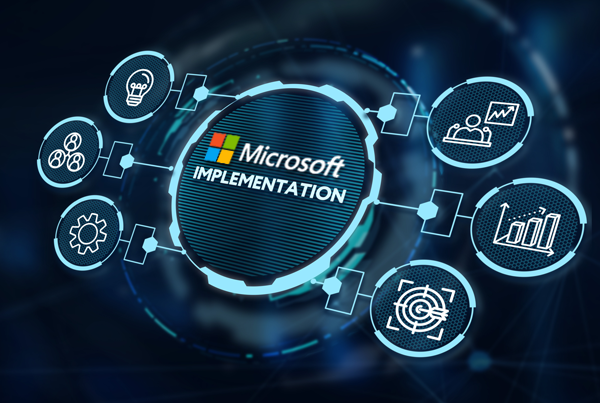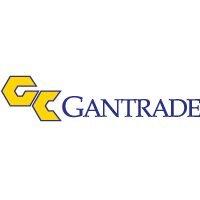ARTICLE | 4 MIN READ
What is the Difference Between MRP and ERP?
How do Enterprise Resource Planning and Material Requirements Planning solutions compare for businesses like yours?

Manufacturers juggle a lot, and outdated software can complicate any attempts at creating new efficiencies. Contemporary cloud software comes equipped with tools that make manufacturing a breeze, but there are several options that suit different business types. Read on to learn about two of the most popular software options for manufacturers—Enterprise Resource Planning and Material Requirements Planning solutions.
What Is Enterprise Resource Planning Software?
Enterprise Resource Planning (ERP) software can benefit teams across your entire business. ERPs keep business data organized, automate workflows, and help teams communicate effectively.
Using an ERP, your sales, accounting, and manufacturing teams can collaborate to streamline processes and reduce headaches.
Standard ERP capabilities include:
- Management capabilities for orders, invoicing, general ledger, AP and AR, fixed assets, and basic inventory management
- Streamlined administrative responsibilities and workflows
- User-specific dashboards with real-time insights
What Is Material Requirements Planning Software?
Material Requirements Planning (MRP) software is built with manufacturing teams in mind. MRPs help manufacturers manage stock, track the progress of raw materials as they become finished goods, calculate job costs, and more.
With MRPs, manufacturing teams can eliminate redundancies and automate procedures, which results in improved product quality and less time spent on the shop floor.
Standard MRP features include:
- Tracking tools for stock, production processes, purchase orders, and more
- Improvements to quality control and assembly
- Training for new hires and experienced team members
How Are Enterprise Resource Planning and Material Requirements Planning Software Similar?
Because ERP and MRP software share a common goal of streamlining processes and tracking data, many of their features overlap. Both solutions can automate tasks and manage resources, pulling in data from multiple sources to ensure that information is available whenever it’s needed.
How Are Enterprise Resource Planning and Material Requirements Planning Software Different?
While ERP and MRP software offer supply chain management capabilities, MRPs are narrower in scope. They offer more specialized features for manufacturers, such as tools for stocking, job costing, and supplier management.
ERPs take a broader approach to business operations, prioritizing cross-business collaboration and customer-facing responsibilities. An ERP acts as a central hub for data, pulling information from synchronized systems to give up-to-the-minute data across your business.
Is Enterprise Resource Planning or Material Requirements Planning Software Better for My Business?
Although their capabilities have a bit of overlap, ERPs and MRPs work well together. If your company has the budget for two systems, combining ERP and MRP software can improve process management across your teams and within your manufacturing unit.
However, if you only wish to purchase one solution, an ERP is better for broad business needs, while an MRP is a great fit for manufacturing.
Still not sure what’s right for you? Consider the following table to get a general idea of which planning software might be a good fit for your company.
| Your Company’s Needs | Management Solution |
|---|---|
| Primarily want to align teams across the business and streamline administrative processes | Enterprise Resource Planning Software |
| Primarily want to control manufacturing processes with software built for the shop floor | Material Requirements Planning Software |
| Want to manage broad business processes and drill down into manufacturing processes | Enterprise Resource Planning and Material Requirements Planning Software |

Dynamics 365 Business Central Demo
See the software in action as a Cargas Business Central consultant walks you through. sales order entry, line items, part numbers, order confirmation, shipping, invoicing, and post-order statistics.


